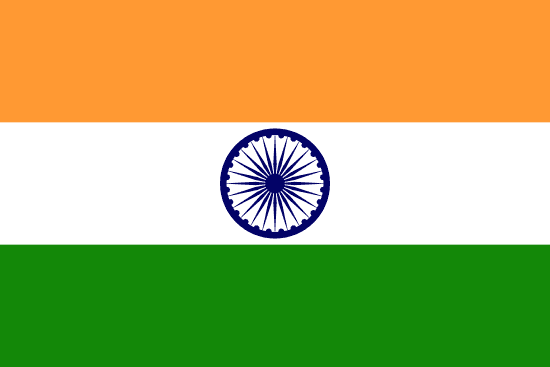"पिंक सिटी | Pink City"
About:
Jaipur, the capital city of Rajasthan, India, was founded in 1727 by Jai Singh II. Known as the "Pink City" for its distinct color of buildings, it became a major hub for arts and crafts. Jaipur was planned based on Vedic architecture principles. It was the first planned city of India. Under British rule, it was the capital of Jaipur State. After India's independence in 1947, Jaipur merged into the Indian state of Rajasthan. Today, it remains a vibrant tourist destination and cultural center.
When to visit:
Jaipur, the capital city of the Indian state of Rajasthan, experiences a tropical climate with three major seasons: summer, monsoon, and winter. The best time to visit Jaipur is during the winter months, from November to February, when the weather is pleasant and ideal for sightseeing and outdoor activities. During this time, temperatures are mild, ranging from 15°C to 25°C, making it comfortable for exploring the city's historic forts, palaces, and vibrant markets. It is advisable to avoid visiting Jaipur during the scorching summer months from April to June when temperatures can soar above 40°C, making outdoor activities challenging and uncomfortable.
When to avoid:
The worst time to travel to Jaipur, India on a holiday is during the summer months of May and June. Jaipur experiences scorching temperatures during this time, with daytime highs often exceeding 40 degrees Celsius (104 degrees Fahrenheit). The extreme heat can make outdoor sightseeing and activities uncomfortable and potentially dangerous for travelers. It is advisable to avoid visiting Jaipur during this period and opt for a cooler time of year to fully enjoy the city's attractions and vibrant culture.
"Winter Season (Dec-Feb)"
Jaipur, in winters (November to February), experiences the coldest temperatures, falling as low as 5°C (41°F). Rainfall is minimal, with January being the driest month. Sunlight is reduced, with approximately 7 hours of daylight per day. Cloud cover is moderate, leading to chilly mornings and evenings. An average day for a visitor involves carrying layers of clothing, as afternoons can be sunny and warm (up to 20°C/68°F) while mornings and nights are cold. The weather is perfect for exploring the city's historical and architectural marvels.
"Summer (April-June)"
In Jaipur, the warmest part of the year is from April to June, known as the pre-monsoon season. During this period, temperatures can soar to a high of 45°C (113°F), with an average daily temperature of around 30-40°C (86-104°F). Rainfall is minimal during these months, with an average of 20-30 mm, making the atmosphere quite dry.
The city experiences long daylight hours, with the sun shining for approximately 12-13 hours a day. Humidity is relatively low, usually between 20-30%. Cloudiness is also infrequent, with clear, blue skies being the norm.
A typical day for a visitor during this period would feel extremely hot, especially during the afternoon hours. It's advisable to stay hydrated and avoid prolonged exposure to the sun. Despite the intense heat, the evenings can be quite pleasant, with cooler temperatures and a gentle, comforting breeze. The low humidity and lack of cloud cover also mean that nights are quite cool, providing some relief from the daytime heat.
Language:
In Jaipur, the capital city of Rajasthan, India, the most commonly spoken language is Hindi, which is also the official language of India. However, due to the city's rich cultural heritage and tourism, English is also widely understood and spoken. Additionally, Rajasthani, a regional language, is spoken by a significant portion of the population.




